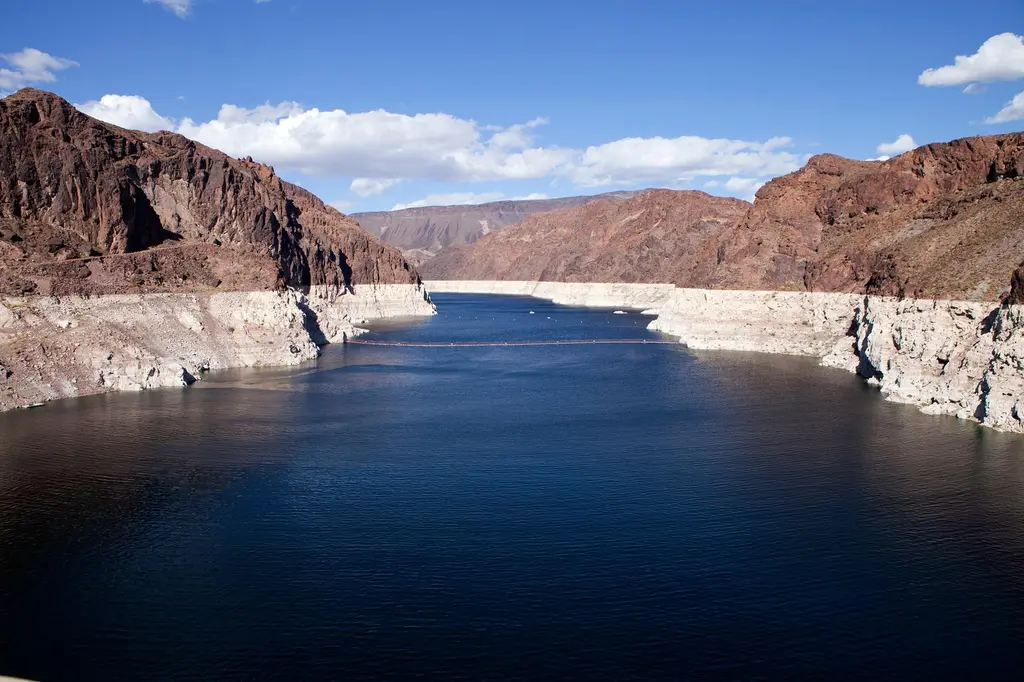Nevada is facing a persistent drought. Recently, the water level of Lake Mead in Hoover Dam at the junction of Nevada and Arizona fell to a new low The white "bathtub ring" around Lake Mead is currently about 160 feet high. In view of the current situation and future expectations of the Colorado River, more and more reporters use "dead pool" to describe Lake Mead

The Bureau of reclamation said Lake Mead, North America's largest man-made reservoir, had fallen to an altitude of about 1052 feet, the lowest level since the Hoover Dam was built in 1937.
Stagnant water occurs when the water in the reservoir drops so low that it cannot flow downstream from the dam. In the United States, the biggest concerns are Lake Powell behind the Glen Canyon Dam on the Utah Arizona border and Lake Mead behind the Hoover Dam on the Nevada Arizona border. The two reservoirs are the largest in the United States, providing drinking and irrigation water and Hydropower for millions of people in Nevada, Arizona and California.
As the Colorado River Basin has experienced the biggest drought in 22 years, reaching the lowest altitude is the primary problem. Both Lake Powell and Lake Mead have turbines at the bottom of the dam, well below the surface of the reservoir. Water flows through the valve of the reservoir intake tower and is directed to the turbine to rotate to generate electricity.
When the water level of the reservoir is close to the height of the lowest generator battery, the turbines will lose the ability to generate electricity because they begin to suck in air with water and must be shut down before they are damaged. Reservoirs that reach this point usually have a considerable amount of water before falling to dead reservoirs and dams stop flowing.